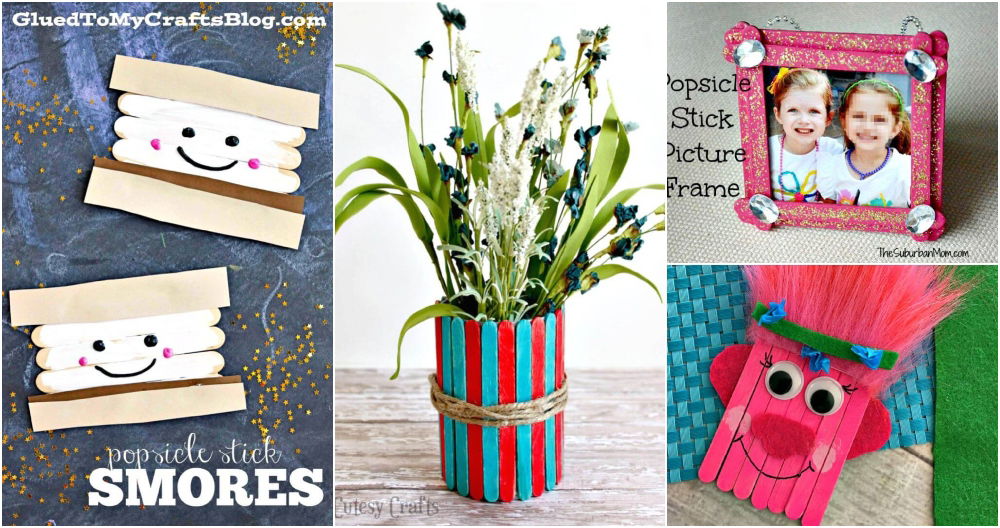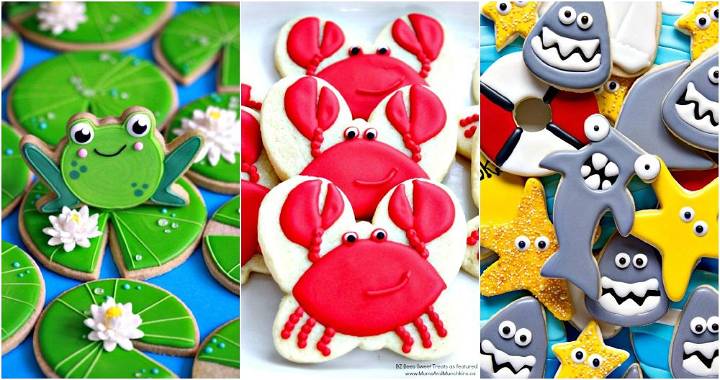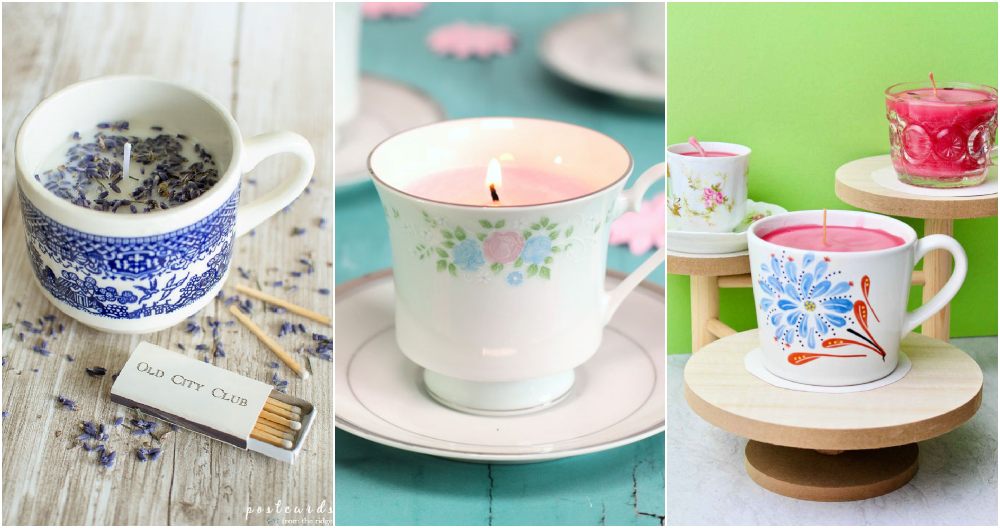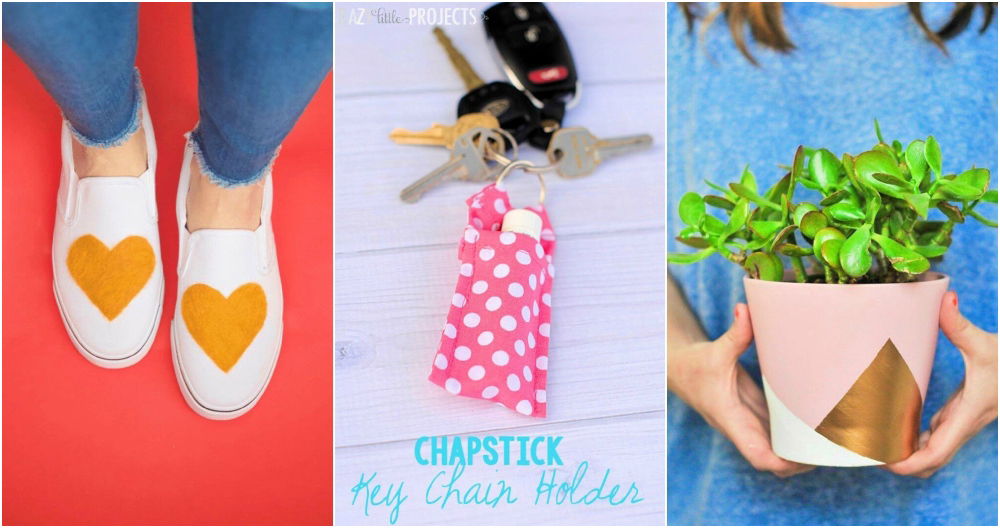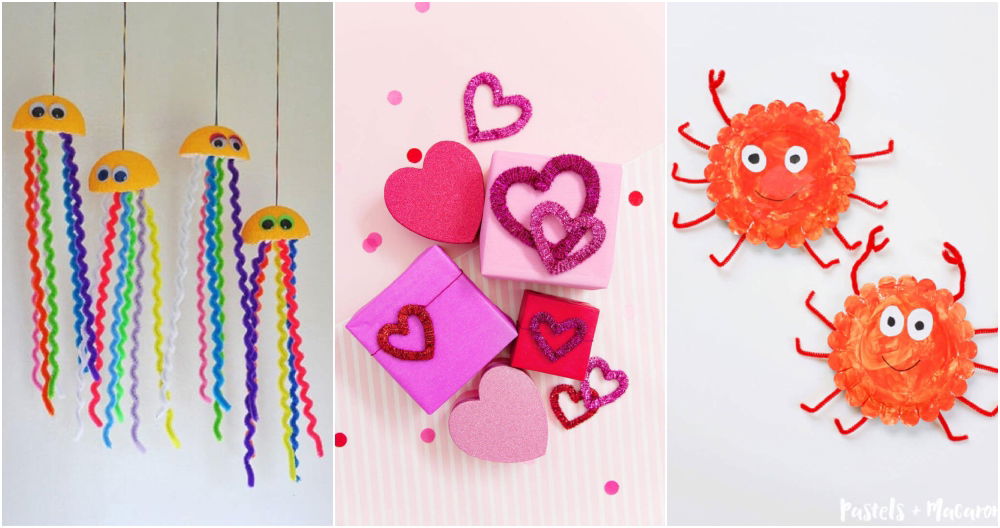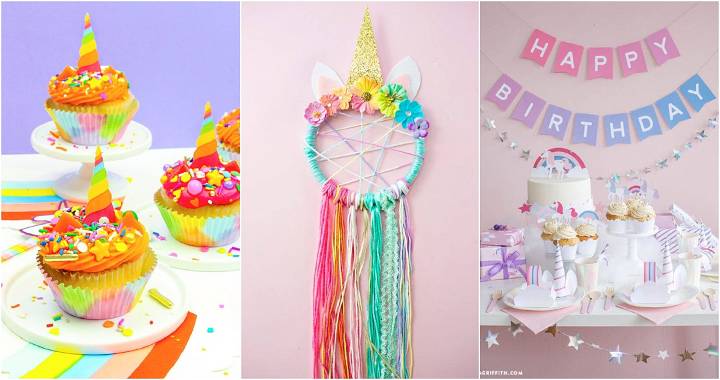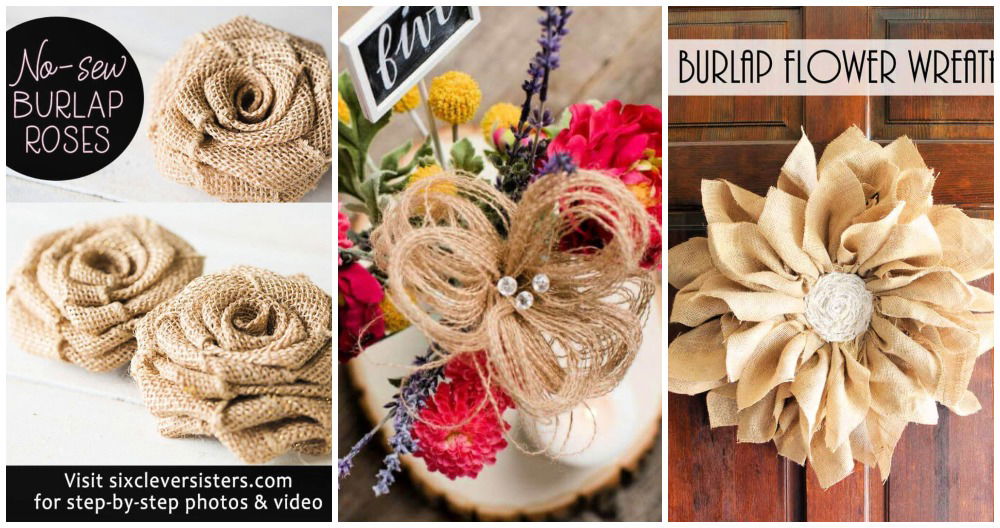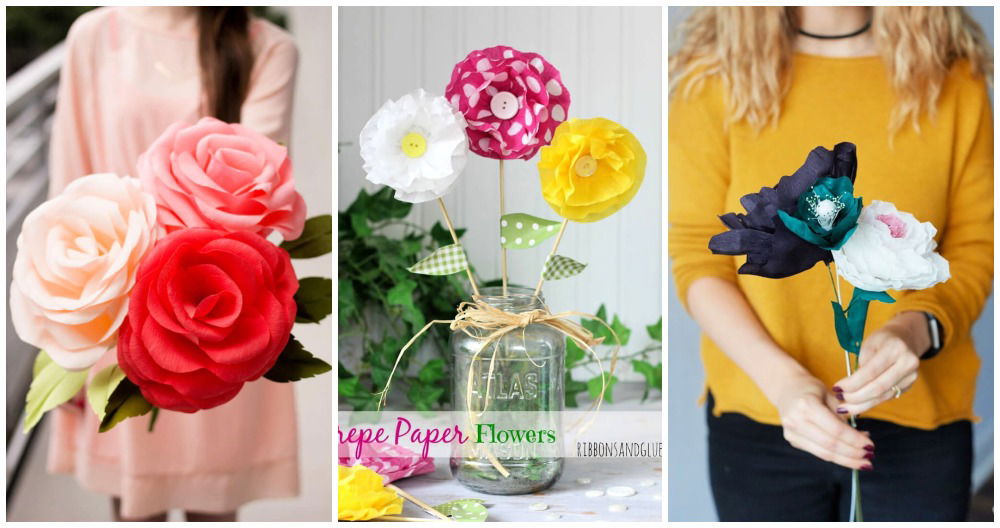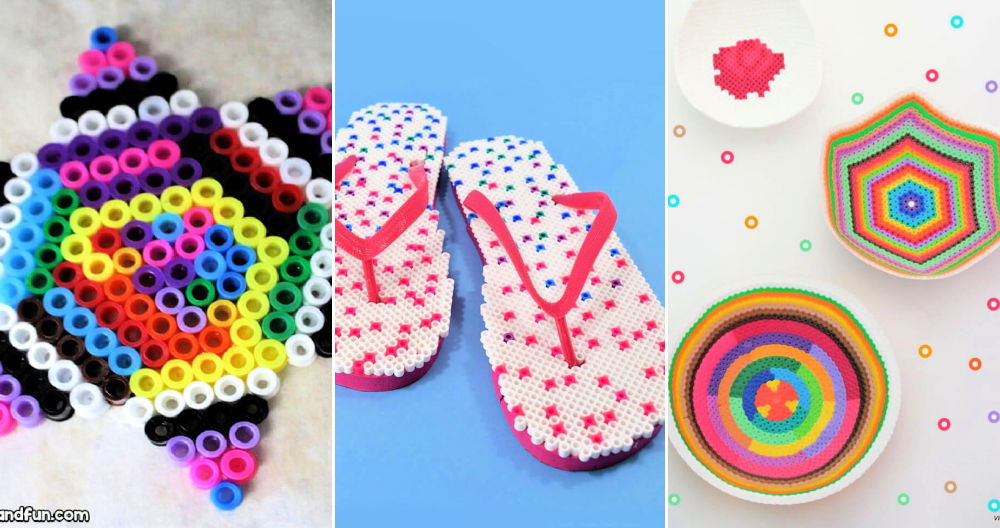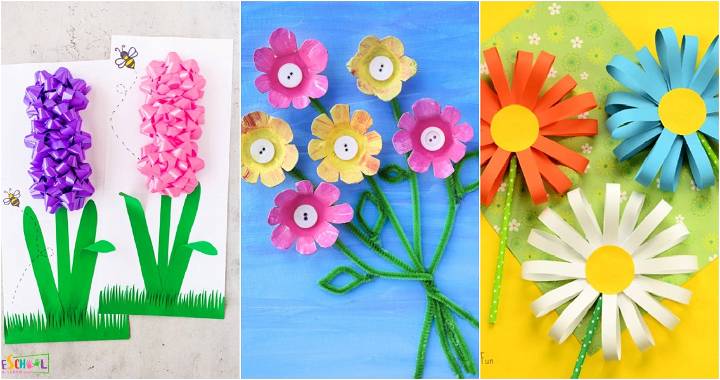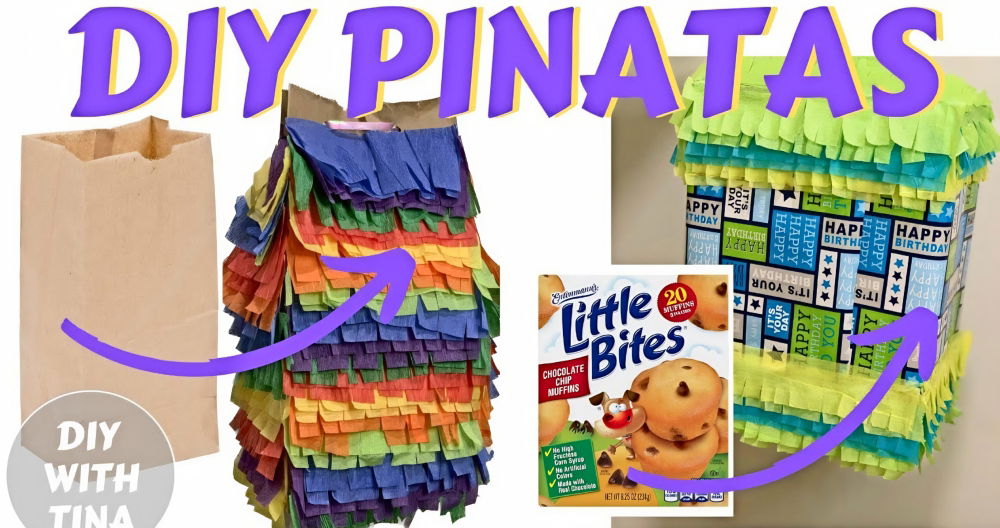Making a scarecrow can be a wonderful weekend project, especially if you're looking to add a bit of character to your garden while also scaring away pesky birds. I learned this process by combining recycled materials and a bit of creativity, transforming what could have been trash into a treasure for my backyard. Here's a step-by-step guide on how you can make one too, infused with my personal experience and practical advice to make this project as enjoyable and efficient for you as possible.
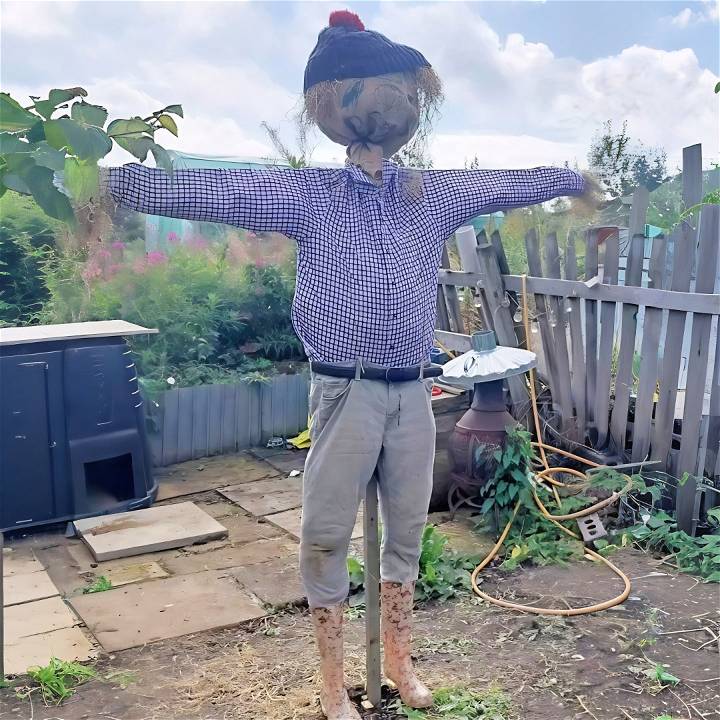
Materials You'll Need and Why:
- Old Clothes: Choose clothes that you no longer wear. A long sleeve shirt and a pair of jeans work perfectly. They form the body of the scarecrow, giving it a human-like appearance.
- Wooden Sticks: You'll need two - one for the body (vertical) and one for the arms (horizontal). These sticks act as the skeleton of your scarecrow.
- Screws: To secure the wooden sticks together.
- String or Cable Ties: Useful for securing the clothes to the frame and for tying the ends of the sleeves and pant legs.
- Straw or Recycled Plastics: This is for stuffing your scarecrow, making it plump and giving it shape.
- A Hessian Sack or Old Pillowcase: For the head. A sack that used to hold onions is perfect.
- Accessories: A hat, a belt, and maybe even some gloves or boots to personalize your scarecrow.
Step by Step Instructions
Learn how to make a scarecrow with these easy step-by-step instructions. From building the frame to crafting the head, make a perfect addition to your garden!
Step 1: Building the Frame
The very first thing I did was lay out the clothes I planned to use on the ground. This helped me measure the length of the wooden sticks. Remember to leave about 12 inches at the top for the head and enough at the bottom to stick into the ground. For the crossbar, which serves as the scarecrow's arms, I made it slightly shorter than the shirt's width to ease the shirt's dressing over it. Finding the midpoint of the vertical stick to attach the horizontal one at shoulder height, I secured them with screws.
Step 2: Dressing It Up
Starting with the shirt, I stretched it over the vertical stick, then maneuvered the jeans onto the lower part of the stick. Making a small hole in the jeans for the stick to fit through was tricky but necessary. To secure the jeans at the waist, I tied them tightly with string, ensuring they wouldn't slip down.
Step 3: Stuffing Your Scarecrow
The stuffing part was fun; it brought the scarecrow to life. Using straw made it look traditional, but recycled plastics (packed in a bag) also worked well, especially for the torso, offering a bit of rain resistance. Stuffing the scarecrow until it was firm and plump was key, ensuring it could stand effectively against the elements and look more lifelike.
Step 4: Crafting the Head
For the head, I filled a hessian sack halfway with straw and secured it with a cable tie, leaving a small opening to mount it onto the stick protruding from the body. This step required a delicate balance: the opening needed to be tight enough to stay on but not so tight that it was a struggle to put it in place.
Step 5: Final Touches
Once the head was secure, I dressed the scarecrow further with a hat, placing some straw under it to simulate hair, and boots to give it a finished look. Accessories like a belt or gloves added character and personality to my garden guardian.
Customization Ideas for Your Scarecrow
Making a scarecrow is not just about scaring away birds; it's an opportunity to express creativity and add a unique touch to your garden. Here are some ideas to personalize your scarecrow:
- Choose a Theme: Decide on a theme that reflects your personality or garden. It could be a classic farmer, a character from a book or movie, or even a scarecrow that represents a season or holiday.
- Clothing: Dress your scarecrow in clothes that will withstand outdoor conditions. Use bright colors to attract attention, or opt for old clothes for a traditional look. Consider waterproof materials for longevity.
- Head: The head of the scarecrow is often the focal point. Use a burlap sack stuffed with straw, an old pillowcase, or even a carved pumpkin. Add features like eyes, a nose, and a mouth using paint, markers, or stitched fabric.
- Accessories: Add accessories to bring your scarecrow to life. Hats, scarves, glasses, or even gardening tools can make your scarecrow more realistic and interesting.
- Hair and Facial Features: Use straw, yarn, or twine for hair. Get creative with the facial features by using buttons for eyes or a stitched smile to give your scarecrow character.
- Pose: Position your scarecrow in a dynamic pose. Have it wave, hold a sign, or even appear to be working in the garden.
- Interactive Elements: Make your scarecrow interactive by adding elements like a bird feeder in its hand or a pocket filled with seeds.
- Lighting: Consider adding solar-powered lights to make your scarecrow visible and intriguing at night.
Have fun with the process, and don't be afraid to experiment with different ideas!
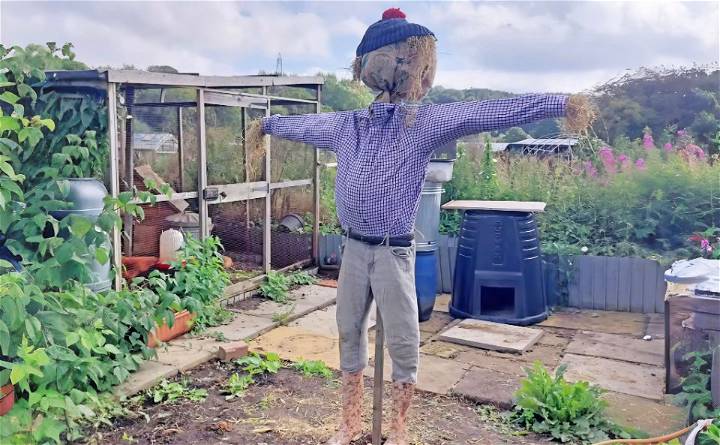
Scarecrow Variations: Adding Diversity to Your Garden
Scarecrows have been guardians of gardens and fields for centuries, evolving from simple straw figures to a diverse array of designs. Here's a look at the different types of scarecrows you can make:
- Traditional Straw Scarecrows: These are the classic scarecrows that come to mind for most people. Made with a wooden frame and dressed in old clothes, they're stuffed with straw for a rustic look.
- Artistic Scarecrows: Get creative and make your scarecrow a piece of art. Use bold colors, patterns, and even recycled materials to craft a scarecrow that stands out.
- Themed Scarecrows: Align your scarecrow with a theme, like seasons or holidays. For example, a scarecrow with a jack-o'-lantern head for Halloween or a festive one adorned with holiday lights.
- Functional Scarecrows: Some scarecrows can serve a dual purpose. Consider making a scarecrow that doubles as a planter or one that holds a bird feeder.
- Interactive Scarecrows: These scarecrows can move or make sounds to increase their effectiveness. Think about adding wind chimes or a mechanism that allows the arms to move with the breeze.
- Eco-Friendly Scarecrows: Use environmentally friendly materials like biodegradable fabrics or natural dyes to minimize your ecological footprint.
- Cultural Scarecrows: Reflect on your heritage or celebrate different cultures with scarecrows inspired by traditional designs from around the world.
- Modern Scarecrows: Incorporate technology by using motion-activated sprinklers or solar-powered lights to make a scarecrow that's both effective and modern.
When making a scarecrow, think about its purpose and use long-lasting materials suitable for outdoor conditions. Have fun with the process and let your creativity shine.
FAQs About Scarecrows
Discover answers to the most common FAQs about scarecrows, including their origin, effectiveness, and how to make your own. Find out more here!
What is the purpose of a scarecrow?
Scarecrows are used mainly to scare away birds and prevent them from eating seeds and crops. They mimic the appearance of a human to deter birds from landing in the fields.
Do scarecrows actually work?
Yes, scarecrows can be effective, especially when they are moved regularly to different locations in the field to prevent birds from getting used to them. Adding elements that move or make noise can also improve their effectiveness.
Can scarecrows be used for anything other than scaring birds?
While their primary function is to scare birds, scarecrows can also be decorative, especially during fall and Halloween. They can also be used in gardens as a fun project for children and adults alike.
Are there different types of scarecrows?
Yes, there are many types of scarecrows, from traditional straw-filled ones to modern versions with mechanical parts or sound devices to increase their effectiveness. Some scarecrows are also designed artistically to serve as garden decorations.
How long have scarecrows been used?
Scarecrows have been used for over 3,000 years, with the earliest known use by the Egyptians to protect their wheat fields along the Nile River.
How often should I change my scarecrow's location?
It's a good idea to move your scarecrow every few days to keep birds from recognizing it as a non-threat. Changing its clothes and position can also help maintain its effectiveness.
By understanding these aspects of scarecrows, you can make an effective and fun addition to your garden that serves both practical and aesthetic purposes.
Conclusion and Maintenance Tips
Making a scarecrow was not just about crafting something with my hands; it was about breathing new life into old items that otherwise would have been discarded. It now stands proudly in my garden, serving both a practical purpose and as a conversation starter with visitors.
To ensure it lasts, I check on it regularly, especially after heavy rain, to adjust the clothes or add more stuffing if needed. It's become more than just a project; it's a charming addition to my garden that reminds me of the value of recycling and creativity.


